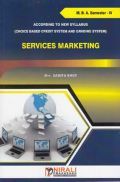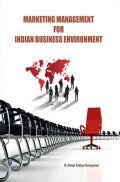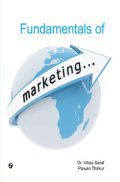Business Communication by K. K. Ramachandran
Book Summary:
Business Communication covers concept of communication, its elements and the various devices and modes of communication such as business correspondence, non-verbal communication, essay writing, speech and Management Information Systems. An important feature of the book is the fact that it deals not only with written communication but also with spoken communication including telephone etiquette and speeches within an organisation. This book is a must for all those who are involved in business or who are aspiring to move up the corporate ladder, It is a comprehensive guide to communication skills for corporate executives and business professionals. The book will be enormously useful to students of commerce, management, international business and sciences as the authors have taken into consideration the fact that +2 students entering a degree course as well as graduates from science disciplines would not have been introduced to the concepts of communications and the book does that in an effective manner. This book explains the principles of communication and correspondence in simple language and provides models of written communication with explanations, where necessary.
Audience of the Book :
This book Useful for Engineering Students.
Table of Contents:
1. What is Communication?
2. The Need for Business Correspondence and its Importance
3. The Characteristics of a Business Letter
4. The Organisation, Structure, and Layout of a Letter
5. Inquiries and Replies, Offers and Quotations Introduction
6. Orders and Despatch
7. Credit and Status Enquiries
8. Complaints, Claims and Adjustments
9. Collection Letters
10. Sales Letters
11. Circulars (Circular Letters), Notices and Memos
12. Banking Correspondence.
13. Life Insurance (Assurance) Correspondence
14. General Insurance (Fire Insurance)
15. General Insurance (Marine Insurance)
16. Agency Correspondence
17. Correspondence of a Company Secretary (Letters to Directors, Shareholders, Registrar, Public, Meeting Notices, Agenda and Minutes)
18. Report Writing
19. Miscellaneous Correspondence and Communication (Writing Applications, Letters to the Editor and Essays)
20. Personality, Public Speaking, Use of Audio-Visual Aids and Telephone Etiquette
21. MIS (Management Information System)


















